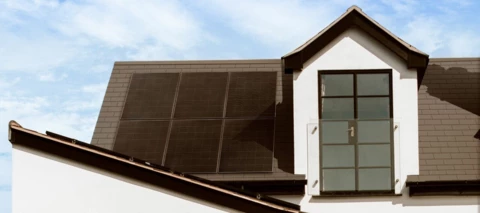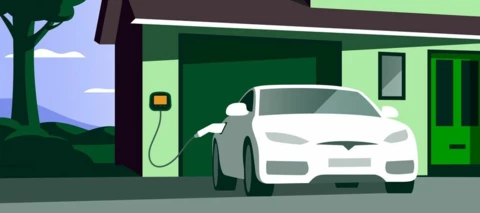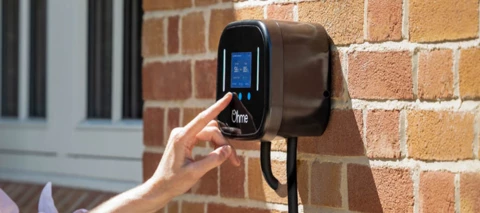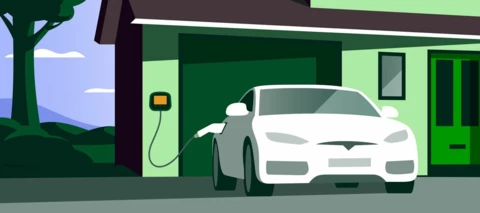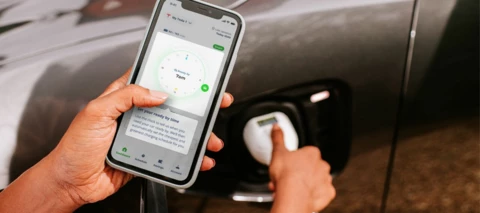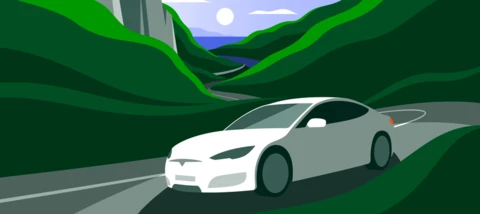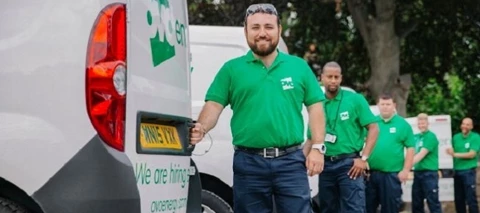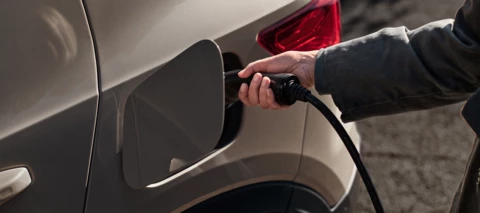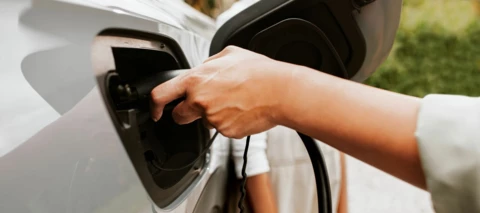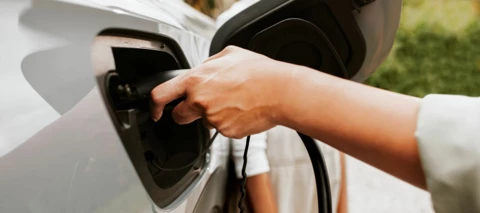- Forum
- Green tech & greener living
Green tech & greener living
All the tech that’s powering your shift to zero carbon
1151 Topic threads
Abby_OVOCommunity Manager
Posted in Electric vehicles
Chris_OVOCommunity Manager
Posted in Electric vehicles
Emmanuelle_OVOCommunity Manager
Posted in Home and heating
Chris_OVOCommunity Manager
Posted in Electric vehicles
Bradley_OVOCommunity Leader
Posted in Electric vehicles
Ben_OVOCommunity Manager
Posted in Smart meters
Chris_OVOCommunity Manager
Posted in Electric vehicles
BPLightlogPlan Zero Hero
Posted in Home and heating
Emmanuelle_OVOCommunity Manager
Posted in Electric vehicles
BeePeePlan Zero Hero
Posted in Home and heating
BPLightlogPlan Zero Hero
Posted in Home and heating
BPLightlogPlan Zero Hero
Posted in Home and heating
Ben_OVOCommunity Manager
Posted in Electric vehicles
Tim_OVOOVO Forum Legend
Posted in Smart meters
Abby_OVOCommunity Manager
Posted in Electric vehicles
Peter EPlan Zero Hero
Posted in Electric vehicles
Peter EPlan Zero Hero
Posted in Electric vehicles
steevNew Member***
Posted in Home and heating
hertsevaddictCarbon Cutter****
Posted in Smart meters
AGuyCarbon Cutter****
Posted in Smart meters
AmthomasCarbon Cutter*
Posted in Electric vehicles
oaashy1411Carbon Cutter****
Posted in Smart meters
ExistingOVOCustomerNew Member***
Posted in Smart meters
KsansburyCarbon Cutter*****
Posted in Home and heating
ZebraNew Member***
Posted in Smart meters
New to creating a topic?
The OVO Forum is powered by volunteers. Here are their top tips:
- Looking to get help from OVO? Contact our Support team here
- Search existing topics and check the Community rules before posting
- Please be respectful to others. Our members are other customers like you.
Need advice from other members?
Ask your question to our members - they have the experience you're looking for:
Ask our communityLog in to the OVO Forum
No account yet? Create an account
Enter your E-mail address. We'll send you an e-mail with instructions to reset your password.
Scanning file for viruses.
Sorry, we're still checking this file's contents to make sure it's safe to download. Please try again in a few minutes.
OKThis file cannot be downloaded
Sorry, our virus scanner detected that this file isn't safe to download.
OK




